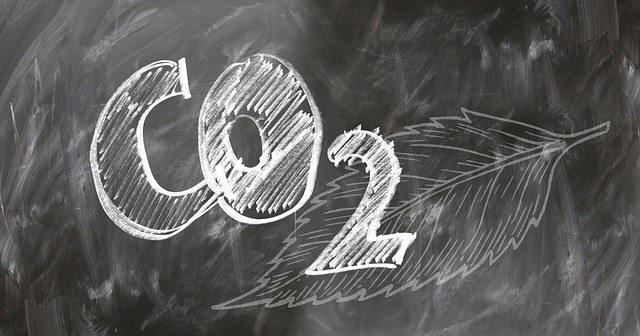In recent decades, the phrase carbon dioxide emission has become synonymous with discussions surrounding environmental degradation and climate change. This colorless gas, primarily produced by the burning of fossil fuels, has significant consequences not just for our atmosphere, but for the intricate systems that sustain life on Earth.
One of the most pressing aspects of carbon dioxide emission is its direct contribution to the greenhouse effect. As CO2 levels rise, the earth’s surface temperature increases, leading to a cascade of environmental changes. These alterations affect weather patterns, resulting in more frequent and severe storms, droughts, and heatwaves. It’s not just the scientists and climate activists who feel the impact; everyday citizens are witnessing the shifts in their local climates, from unpredictable rains that devastate crops to rising sea levels swallowing coastal towns.
The environment suffers dramatically as well. Ecosystems that once thrived are now under threat due to shifting climate conditions. Wildlife struggles to adapt as their habitats transform or diminish altogether. For example, polar bears, emblematic of climate change, face a precarious future as melting ice caps leave them without a hunting ground. This plight is not only about the survival of a species but about the delicate balance of our ecosystems which, if disrupted, could lead to irreversible consequences.
Moreover, increased carbon dioxide emission has profound implications for air quality and public health. The default reliance on fossil fuels leads to pollution that impacts respiratory health and exacerbates chronic diseases among the population. The burden is often heaviest on marginalized communities, who bear the brunt of industrial emissions and climate-related disasters, raising pressing questions about environmental justice and equity.
Additionally, the connection between carbon dioxide emission and climate change extends to economic consequences. Countries that depend heavily on agriculture face the risk of crop failures and food insecurity due to erratic weather patterns. As prices rise and resources become scarcer, socio-economic tensions can escalate, leading to conflict and displacement.
The urgency to address carbon dioxide emission cannot be overstated. While the challenges may seem daunting, there exists a growing movement towards sustainability and innovation. From renewable energy solutions to reforestation efforts, the collective determination to reduce emissions and protect our planet is palpable. As we continue to wrestle with these issues, it becomes vital for individuals, communities, and nations to engage in a conversation about how we can turn the tide of change before it’s too late.




